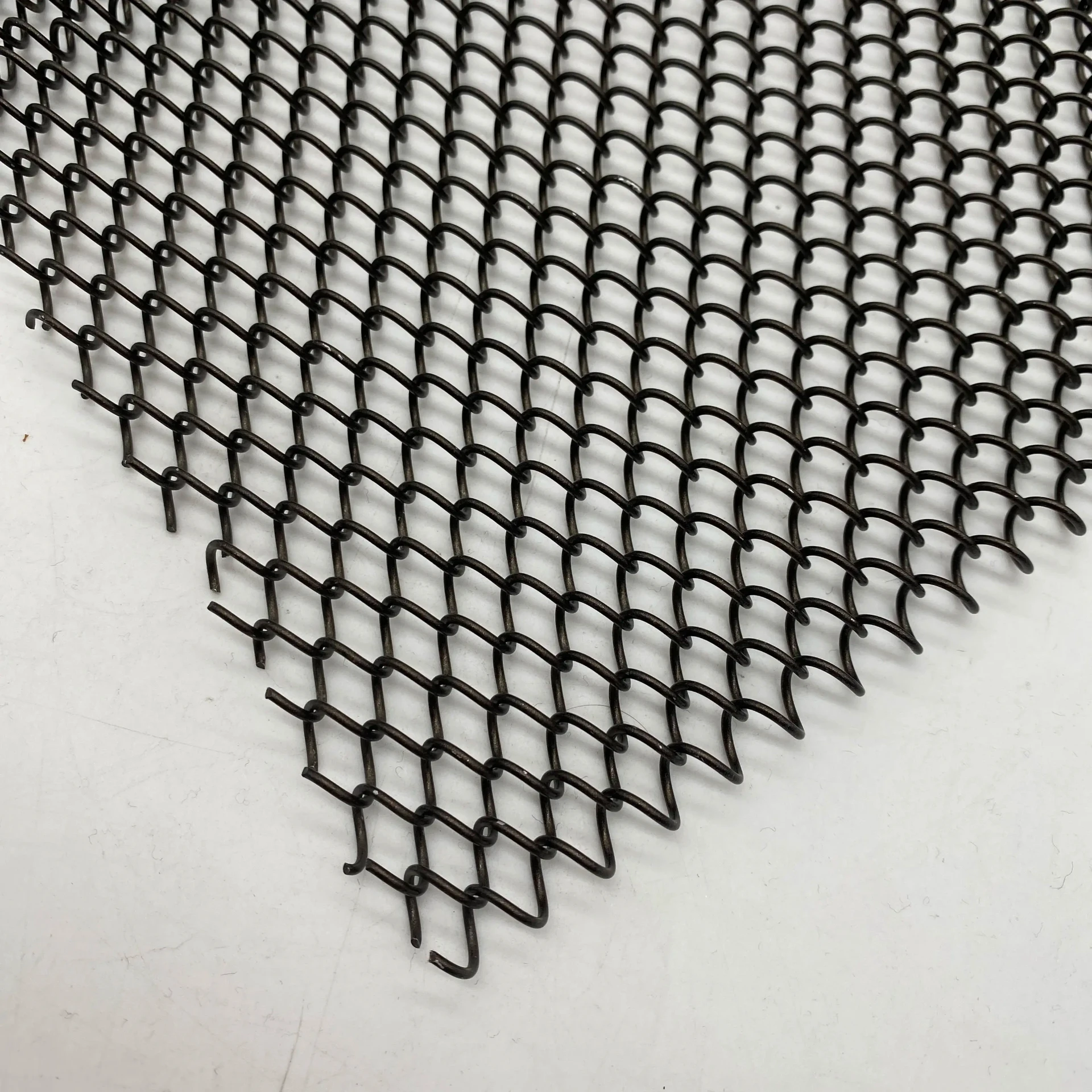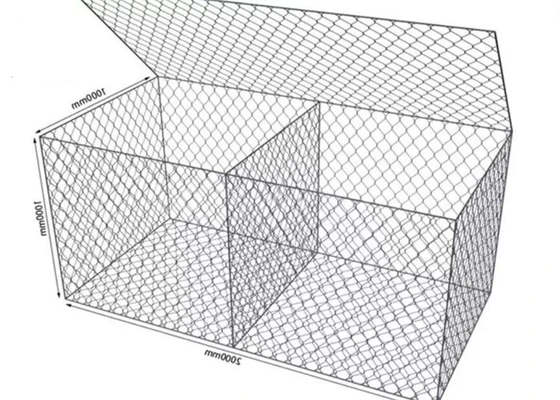Feb . 06, 2025 03:37 Back to list
drainage trench cover


Grating trenches are further distinguished by their versatility and adaptability. They can be customized to fit various dimensions and configurations, accommodating the specific needs of any project. Professional designers can create bespoke trench systems that align with unique architectural visions without compromising on performance. This adaptability makes grating trenches a preferred choice among architects and engineers aiming to balance technical requirements with creativity. In recent years, the integration of technology with traditional grating trench systems has opened new avenues for innovation. Advanced materials and design methodologies are continually being developed, increasing the efficiency and functionality of grating trenches. For instance, some modern systems incorporate smart sensors that can monitor water levels and flow rates in real time. These innovations not only enhance the operational aspects of grating trenches but also provide valuable data for maintaining infrastructure health and informing future urban planning decisions. For organizations and individuals considering the installation of grating trenches, it is paramount to consult with industry experts to ensure proper implementation. These specialists conduct thorough site evaluations to determine the most effective design and material choices for each unique scenario. Their authoritative guidance guarantees that grating trenches fulfill their intended purpose while adhering to regulatory standards and best practices. In conclusion, grating trenches are a multifaceted solution that addresses crucial aspects of water management and safety across various environments. Their robust construction, adaptability, and integration capabilities make them a preferred choice for modern infrastructure solutions. By leveraging the expertise of seasoned professionals, stakeholders can ensure that grating trenches are employed effectively, supporting sustainable and safe development for the future.
Latest News
-
Brick Mesh Wall Solutions | Enhanced by GPT-4 Turbo Design
NewsAug.01,2025
-
Premium Anti-Climb Fence Spikes for Sale
NewsAug.01,2025
-
Premium Peach Post Fence | Durable & Stylish Security
NewsJul.31,2025
-
Best Galvanized Grating Price - Durable Galvanized Steel Grating Solutions
NewsJul.30,2025
-
0.5-4.0mm Wire 2×2 4×4 8×8 Hot Dipped Galvanized Welded Mesh Roll
NewsJul.30,2025
-
Metal Fence Pickets for Sale – Durable Galvanized & Steel Options
NewsJul.29,2025
Our company owns has excellent CAD steel grating drawing designers, who can provide customers with perfect steel grating layout design and better meet customers' special requirements for products. We have been adhering to it the business tenet of "quality first, customer first", with high-quality products, reasonable prices, and the fastest delivery time, we wholeheartedly provide customers with a full range of services! Welcome new and old customers to cooperate sincerely and create brilliance together!
Contact Us
WELCOME TO OUR COMPANY!
Thank you for your interest in our services! If you have any questions or wousld like to book a service, please don’t hesitate to contact us. Our team is dedicated to providing you with the highest level of service and support, and we are committed to working with you to make your event a success.

Service Email

Service Phone
Product Center
Contact Us
- Phone: +86 +86 15733154345
- E-mail: sales@chengsenchina.com
- Address: B1213 GLOBAL CENTER, NO.226 ZHONGHUA NORTH STREET, SHIJIAHUANG, CHINA


























